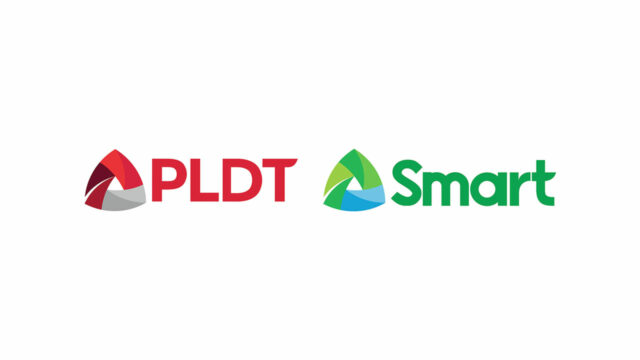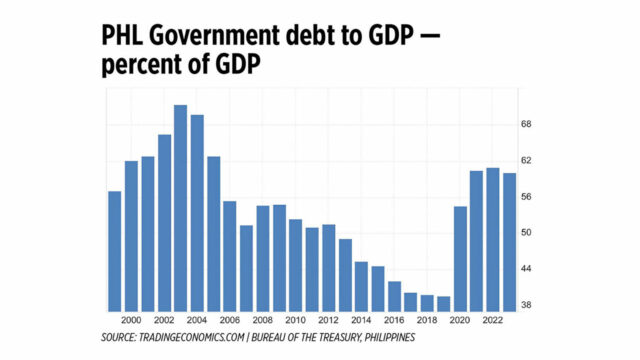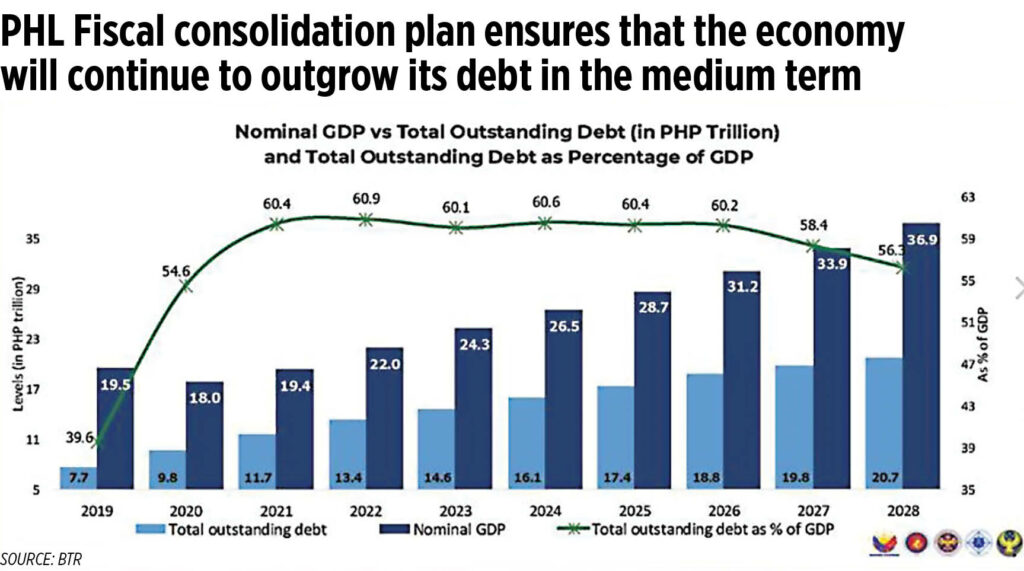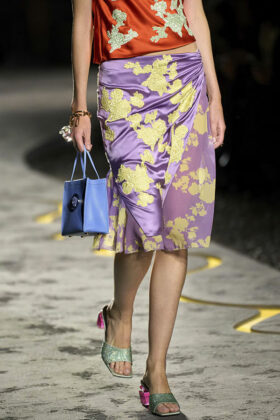Harvard, MIT graduates with Filipino roots pioneer blockchain platform
Data is the lifeblood of artificial intelligence (AI), enabling learning and decision-making. Yet, as AI advances, accessing data becomes increasingly challenging. The rise of AI has led to a future where our data is controlled by a few tech giants operating within their own controlled environments.
Two brilliant minds, Art Abal and Anna Kazlauskas, with their Filipino roots, are reshaping the future of data. Their vision is clear: create a system where no single entity holds control, ensuring data remains a tool for empowerment.
As graduates of Harvard and MIT, they co-founded VANA, a startup that will value each person’s digital footprint with the use of blockchain technology, and they are committed to overcoming every hurdle, establishing a new benchmark for future generations.
Mr. Abal was born in Iligan to native Cebuano parents, and his journey spans from the high-rise offices of a global law firm to the vibrant coffee farms of Colombia, merging technology with human connection and impact along the way. Now, as the COO of VANA, he is on a mission to reshape how technology and society influence each other in this age of AI.
Having started out as a corporate lawyer, Mr. Abal developed a keen insight into the complex ways in which law and data interact, along with the societal effects AI might have. Working at Appen, he managed impact sourcing-finding innovative ways to power AI, focusing on human-centric solutions. Moving to Harvard, his work at the Belfer Center has deepened his interest in the potential of AI to transform societal structures.
Key moments came when he started advising the Prime Minister of Timor-Leste on policy and legal matters, and when he helped Nespresso in Colombia rethink data’s role in measuring the impact of supply chain practices on local communities.
Through his career, Mr. Abal has confronted the real-world implications of governance, data rights, and technology’s impact on society. This is where Ms. Kazlauskas, whose mother is from Pampanga, steps in.
With her solid foundation in Computer Science and Economics from MIT, she has been raising the profile of Tarlac Province while always being at the forefront of pushing the boundaries in blockchain and AI.
Ms. Kazlauskas has always viewed the world through data since childhood, at one point, she even created a program that transformed US inflation data into a song.
She has a wide range of experiences. At Celo, Ms. Kazlauskas worked on blockchain solutions focused on financial inclusion, embodying a people-first tech philosophy. And when she interned at the World Bank, she was eager to model various data but noticed other interns spending their summer sorting documents. Seeing an opportunity, she automated the task, which led to the founding of her first company, Iambiq, eventually bringing her to the prestigious YCombinator.
Additionally, Ms. Kazlauskas’ experience in Ethereum crypto mining and her work with central banks and international organizations from 2014 to 2017 were dedicated to connecting technology with financial policy. This complements Mr. Abal’s insights into governance and data rights. Together, they leverage their diverse experiences to bring more people and data into a truly inclusive space, which led to the creation of VANA.
Founding VANA
The journey of both VANA founders began in a class at the MIT Media Lab focused on building technology for emerging markets. Driven by a shared mission to uplift communities often neglected by AI’s rapid growth, they launched TOCA, a project aimed at involving people in low-income areas by having them label data using their phones.
The success of TOCA’s launch in Cebu and Manila demonstrated the Philippines’ potential to bridge the AI divide. However, their studies at MIT took priority, putting TOCA on hold, but this pause allowed them to refine their vision.
After completing their studies, the founders launched VANA, a bold venture aimed at revolutionizing data ownership. This decentralized platform enables users to reclaim their data and carry it across applications.
Derived from ‘Nirvana,’ VANA seeks to be the premier digital playground for AI, creating relationships and economic activity free from Big Tech’s control. The business of decentralizing data certainly attracted the attention of some of the leading crypto VCs, with Paradigm and Polychain backing the pair right off the bat.
Rooted in the Filipino heritage of its founders, VANA is committed to empowering Filipinos with full control over their data, allowing them to benefit directly. As AI development faces constraints due to a lack of fresh, high-quality data, VANA presents a novel solution. The platform’s ethical data sourcing, with user consent, promotes fairness and embodies Filipino values of community and integrity.
Built on blockchain technology, VANA gives individuals control over their data, enhancing AI while preserving privacy. The platform has seen global success, with initiatives like the Reddit Data DAO drawing over 140,000 participants in a week, showing how people are fed up with platforms exploiting their data without permission.
In the Philippines, VANA’s technology allows AI to better understand local cultures and languages, creating more inclusive technologies that genuinely represent the community.
As the next chapter of AI unfolds, VANA is set to lead the charge, ensuring that individuals, rather than corporations, control their digital identities. For Mr. Abal and Ms. Kazlauskas, their drive is not just about building a tech company but about empowering Filipinos in a rapidly changing world.
“This is one direct way in which Filipinos can really participate in this emerging data economy,” Mr. Abal said.


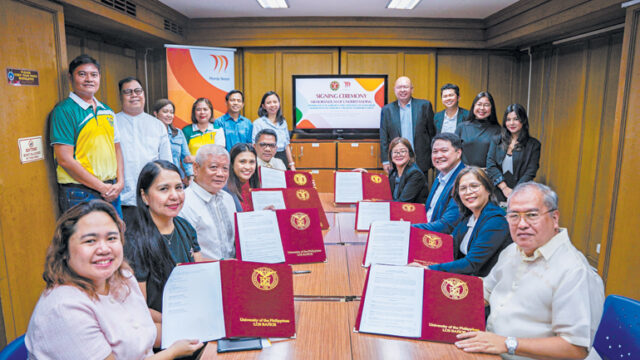


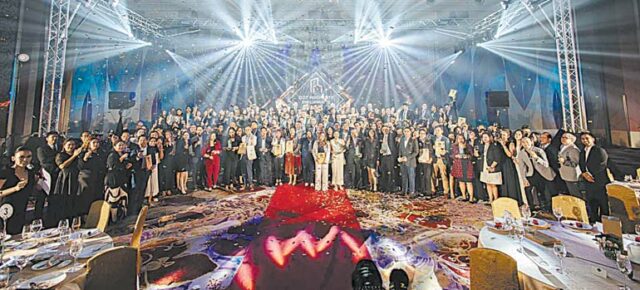
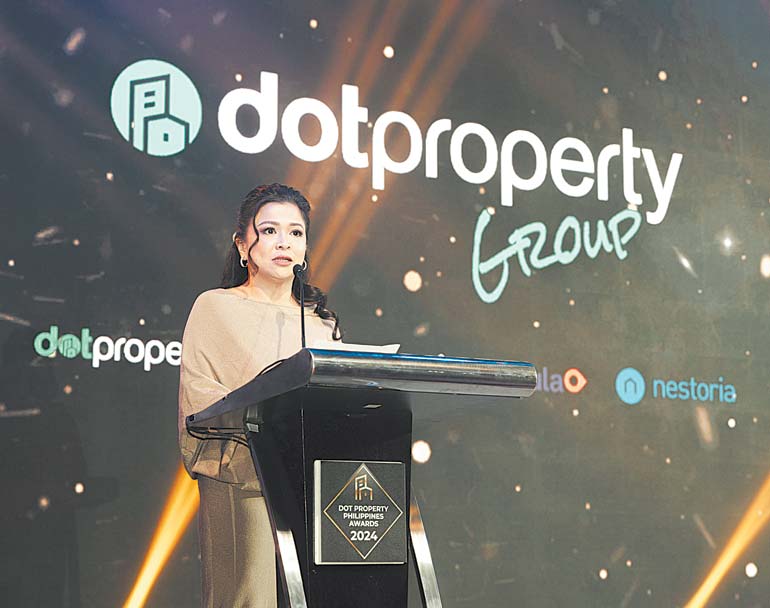
 Significant recognitions were also accorded to Grand Land, Inc., a top real estate developer specializing in creating vibrant communities in Cebu and Davao City. Grand Land was named the Best Developer in Visayas, while its very own The Piazza at The Grand Citygate Davao was recognized as the Best Investment Property in Davao and the People’s Choice Award for Project of the Year.
Significant recognitions were also accorded to Grand Land, Inc., a top real estate developer specializing in creating vibrant communities in Cebu and Davao City. Grand Land was named the Best Developer in Visayas, while its very own The Piazza at The Grand Citygate Davao was recognized as the Best Investment Property in Davao and the People’s Choice Award for Project of the Year.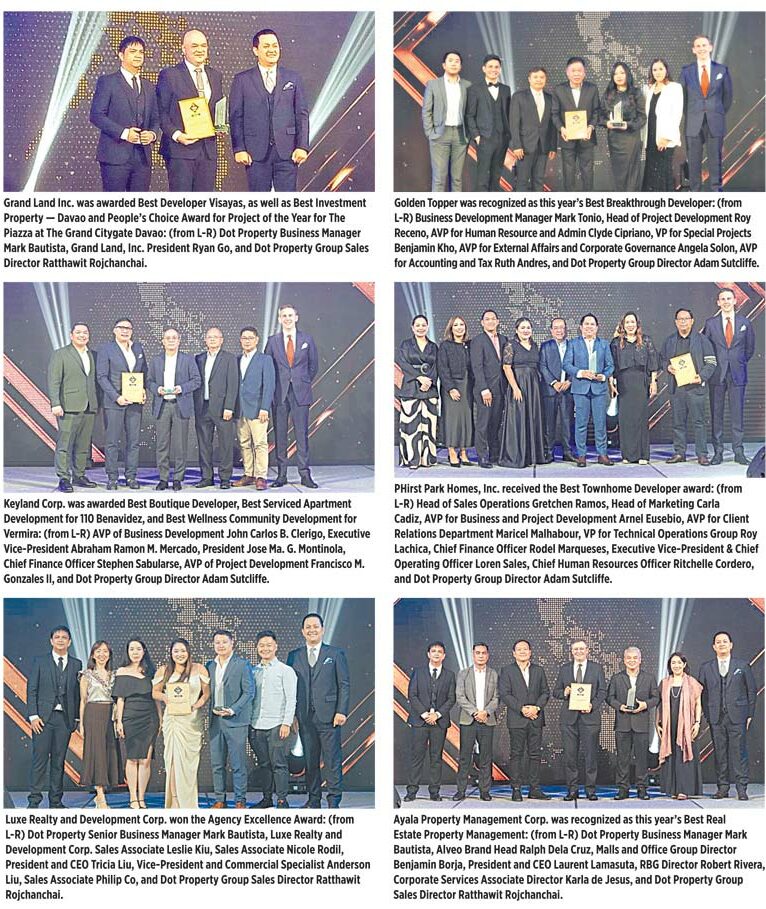 Recognitions were also given by Dot Property to the following developers this year: Golden Topper as Best Breakthrough Developer; PHirst Park Homes, Inc. as Best Townhome Developer; and Keyland Corp. as Best Boutique Developer. These developers are recognized because of their commitment to expanding their portfolio to improve urban living; delivering quality homes; and embracing innovative technology, ultimately setting new benchmarks for the industry.
Recognitions were also given by Dot Property to the following developers this year: Golden Topper as Best Breakthrough Developer; PHirst Park Homes, Inc. as Best Townhome Developer; and Keyland Corp. as Best Boutique Developer. These developers are recognized because of their commitment to expanding their portfolio to improve urban living; delivering quality homes; and embracing innovative technology, ultimately setting new benchmarks for the industry. In the office market, SM Offices by SM Prime snagged the Best Office Development for Mega Tower, and the Best LEED Development for their Three E-Com Center.
In the office market, SM Offices by SM Prime snagged the Best Office Development for Mega Tower, and the Best LEED Development for their Three E-Com Center.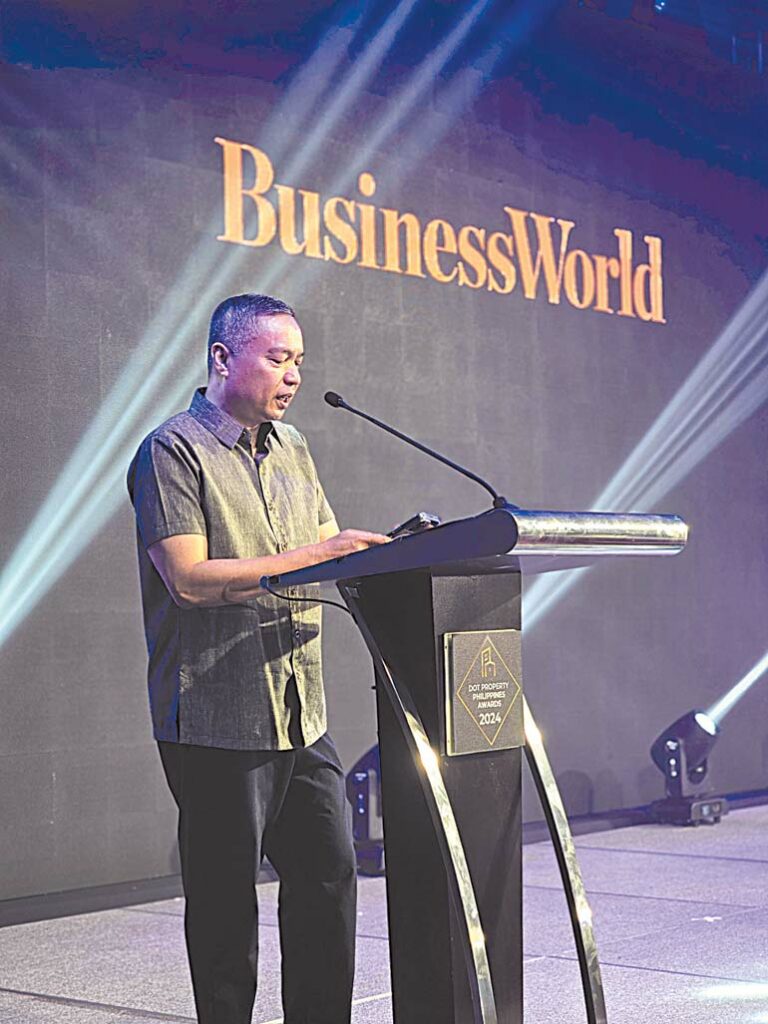
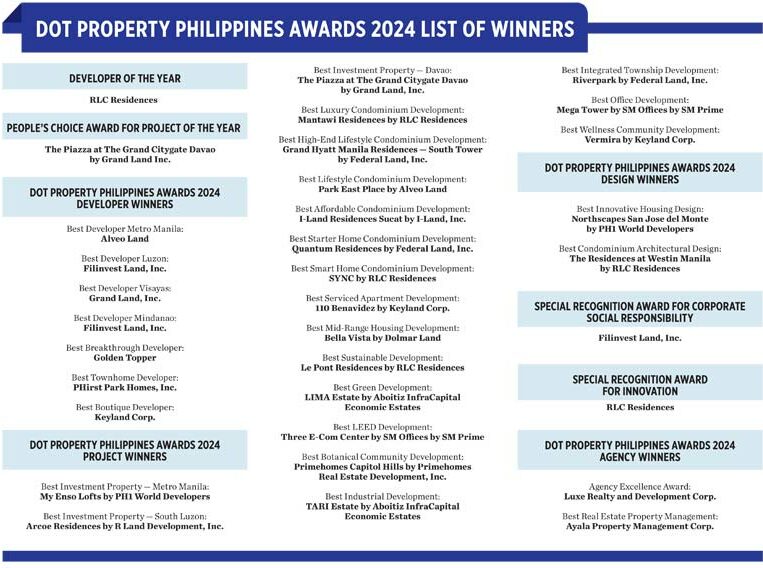 Following the impressive achievements of Philippine real estate, Dot Property is set to celebrate top talents and achievements at a wider scale. This December, the Dot Property Southeast Asia Awards will highlight a wider array of property developments that’s been making a mark across the region.
Following the impressive achievements of Philippine real estate, Dot Property is set to celebrate top talents and achievements at a wider scale. This December, the Dot Property Southeast Asia Awards will highlight a wider array of property developments that’s been making a mark across the region. The Dot Property Group annually holds the Dot Property Awards, utilizing its property portal network and user insights to showcase the best developments in the country across various segments.
The Dot Property Group annually holds the Dot Property Awards, utilizing its property portal network and user insights to showcase the best developments in the country across various segments.